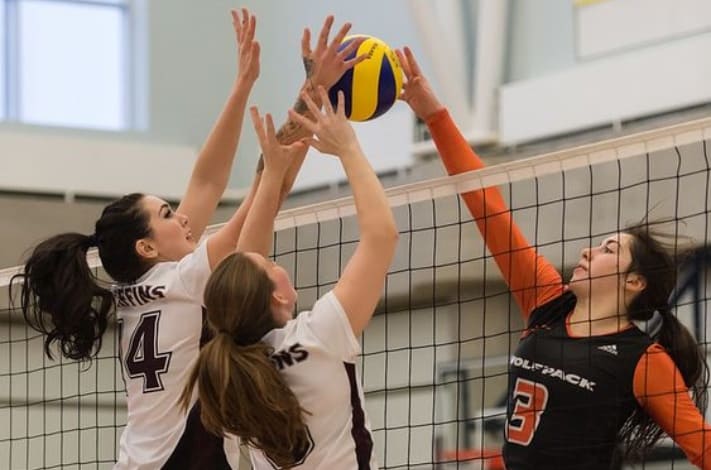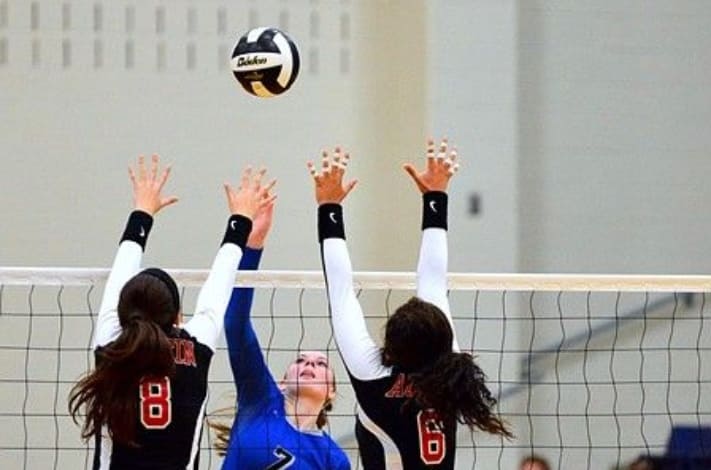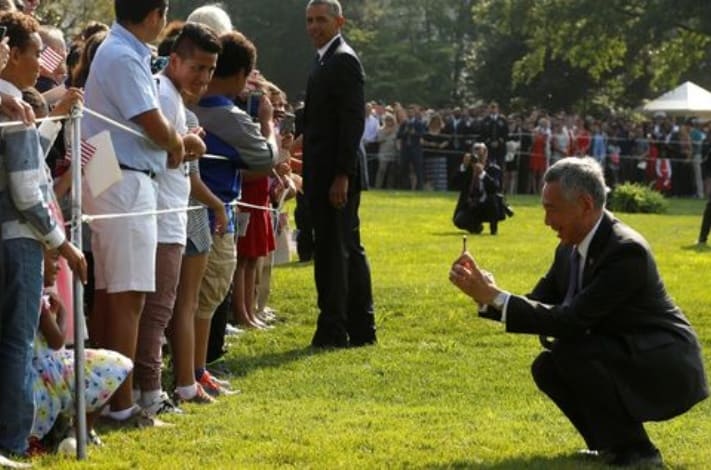You’ll hear the term “side out” tossed around during volleyball matches. The crowd often cheers “side out” when their team is about to receive a serve.
But did you know that its original meaning no longer applies because of a major change in scoring rules?
So, what is side out in volleyball, and how has its meaning changed over time? Let’s find out!
What Is a Side Out in Volleyball?
The term “side out” originated from the old system used before 1999—the side-out scoring.
Back then, only the serving team could score a point during a rally. If you weren’t serving, you’d get your turn to serve and score when your team won the rally or the serving team lost a point.
You could get a side out if the serving team:
- Hit the ball into the net
- Hit the ball out of bounds
- Failed to return the ball over the net
- Touched the ball more than three times
When you got a side out, you could only win a serve, not a point. So, when players said, “Let’s side out,” they meant, “Let’s prevent the other team from scoring so we can get the serve and hopefully score the next point.”
When the serve switched sides, it was safe to assume the other team likely had the same thing in mind. This scoring system could make matches go back and forth without points being scored—a volley of serves (or side outs) if you will.
But, of course, that wasn’t always the case. With 15-point sets, matches could end quickly, especially when a strong team faced off against a weaker opponent.
Nevertheless, to avoid drawn-out matches, the International Volleyball Federation changed the scoring rules to a rally point system.

Image source: Pinterest
Advantages of Sideout Scoring
One advantage of side-out scoring is that it allows for more dramatic comebacks in volleyball matches. Unlike rally scoring, where a team can quickly accumulate points and create a significant lead, side-out scoring offers a buffer for the trailing team.
This means that even if a team is down by a few points late in a set, they still have the opportunity to make a comeback by stopping their opponent from scoring on their serve.
In short, a team could start slow, side out for some time, and score until they caught up. This aspect of side-out scoring can lead to more suspenseful and thrilling moments in matches, as teams have a chance to turn the tide even when facing a deficit.
What Is Rally Scoring?
Rally scoring awards a point on every rally, regardless of which team serves. It was adopted with two goals in mind:
- To make the length of volleyball matches more predictable
- To make volleyball games more viewer-friendly
Can you imagine sitting through a match that goes on for hours? Not exactly the most thrilling experience, right?
Unlike the old sideout scoring where only the serving team could score, rally scoring keeps the scoreboard changing on every rally. It moves the game faster and keeps the fans on the edge of their seats.
With points coming in at every turn, there’s no downtime. Both teams must stay sharp and give their best every time—no slacking off or cruising with a lead.
Not to mention, players and fans alike get a clearer idea of how long a match will last. No more matches that take forever to finish and no more delaying the next scheduled game.

Image source: Pinterest
Sideout vs. Rally Scoring
From 1981 to 2000, side-out scoring led to unpredictable match lengths and unique momentum swings. It also allowed for some impressive stat lines and epic comebacks.
Playing under sideout scoring demanded a different kind of mental toughness. You had to earn each point through serving and winning rallies. Plus, you could play some serious mind games by prolonging matches until the other team ran out of subs.
Since the official switch to rally scoring in 2001, match durations have become more consistent, with blowout matches being much shorter. This change has altered offensive and defensive strategies in volleyball significantly.
In terms of statistics, comparing these scoring formats is like comparing apples to oranges. Still, knowing the scoring rules helps us understand why some records seem unbreakable across eras.
What Does Side Out Mean in Volleyball Today?
With side-out scoring out of the picture, the term “side out” pretty much retains its meaning—to regain control of the serve. The only difference is that you can now score a point with a side out.
In volleyball, that can happen when the serving team:
- Fails to return the ball
- Commits an unforced error (serving, setting, attacking, and blocking errors)
Below are the benefits of winning a side out in volleyball:
- Get the opportunity to serve, putting you in control of the rally.
- Set the tone and momentum of the match.

Image source: Pinterest
How Is the Term Sideout Volleyball Used Today?
You can use “sideout” as a noun or a verb—”Let’s sideout” or “We need a sideout.” They mean the same thing: Let’s get the ball back.
If you’re ever at a volleyball match, it won’t be long before you hear teams yelling “Sideout!” to each other. It’s a bit of psychological warfare to make the serving team commit a mistake.
Coaches continue to use this term to rally their players during critical moments in the game, especially during timeouts when the opponent is serving.
As a spectator, it’s something you can shout in the stands to cheer for your team to get the serve back from the opponent. It works a little like the “Defense!” chant in basketball. You need your team to side out to prevent the opponent from scoring and recover the ball (serve).
Final Thoughts
So, what is side out in volleyball again? Sideout, in simple terms, refers to winning a rally and earning the right to serve.
The side-out volleyball definition has changed, reflecting the evolution of the game. Before, it meant that only the serving team could score. Today, any team can score a rally, keeping the game from dragging on too long.
So, the next time you watch a volleyball match, feel free to shout “Sideout!” to cheer for your team.




